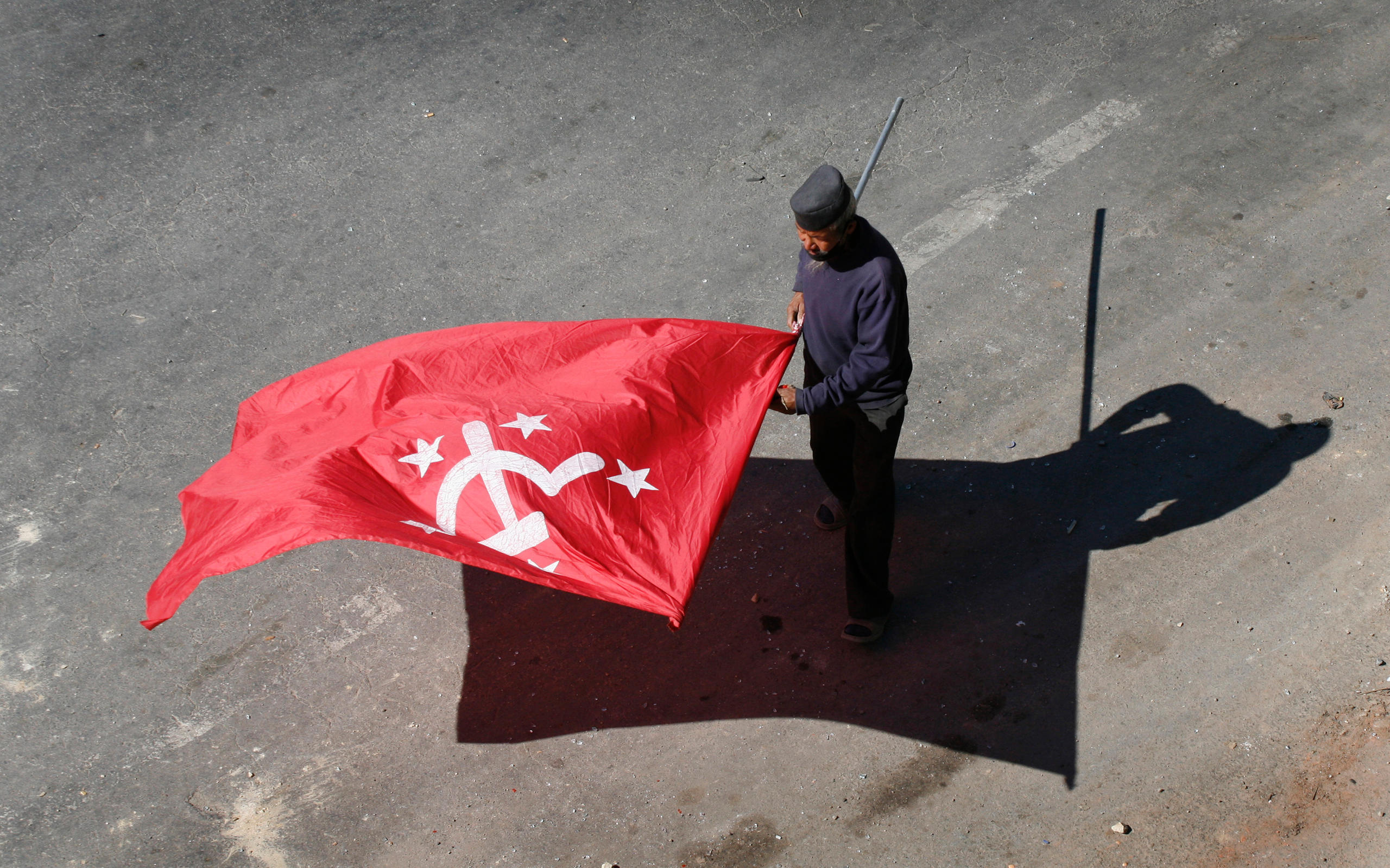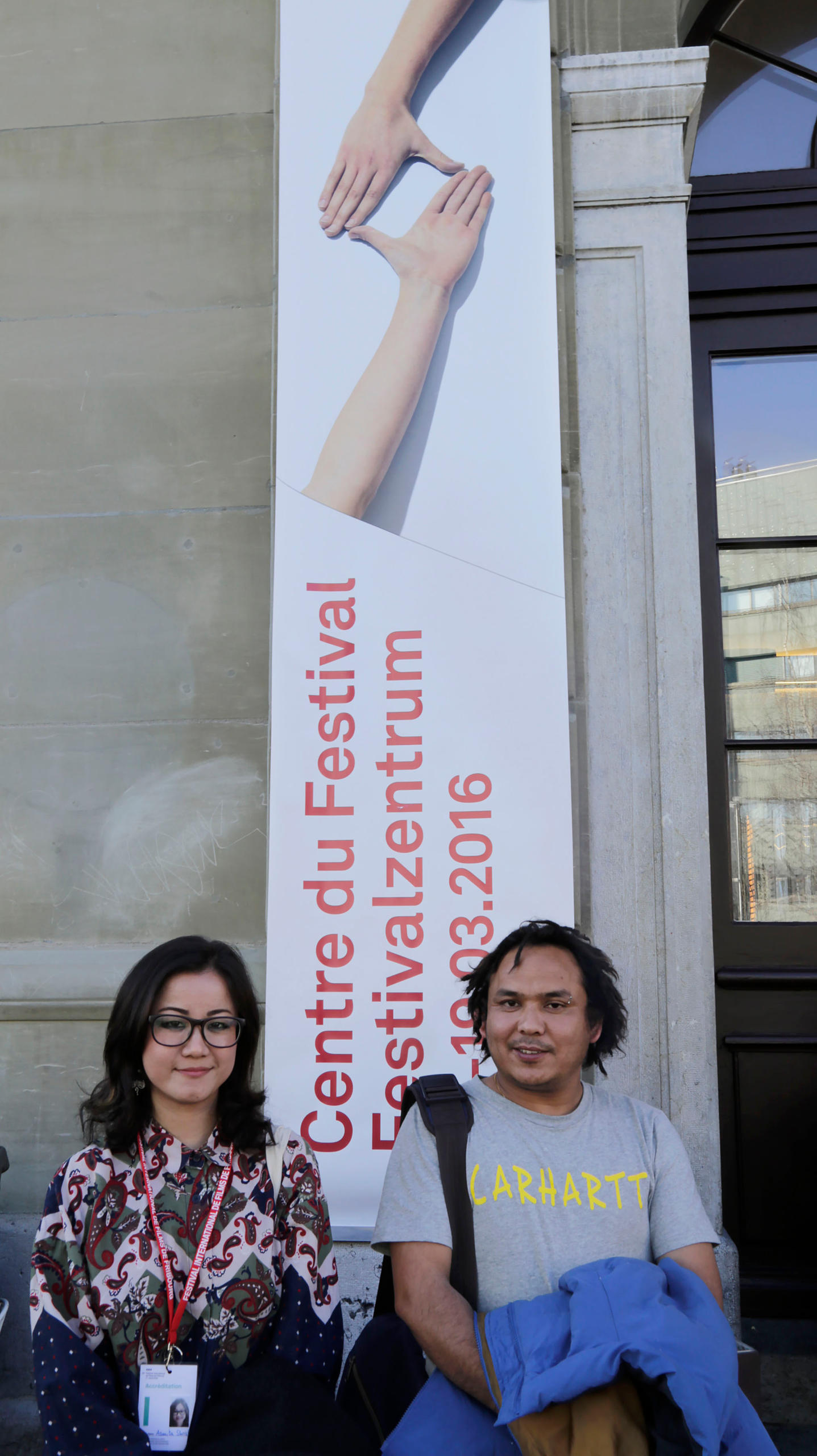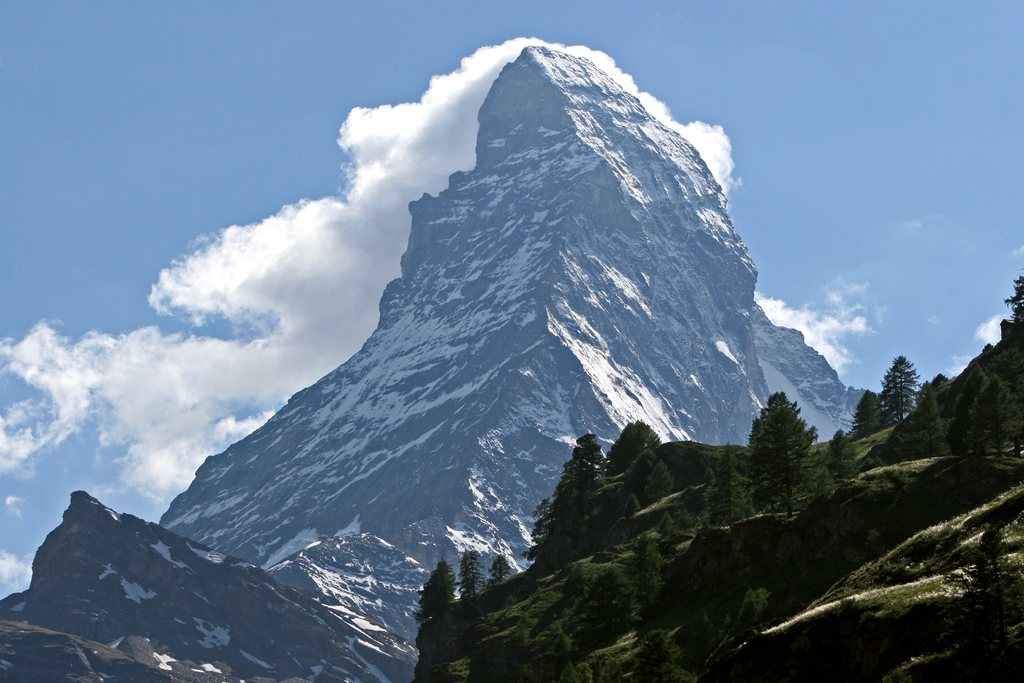Nepali films ready for the big stage after civil war

There was not much time for cinema and popcorn during the violent Maoist insurgency in Nepal. The country’s young filmmakers are now making a splash at Swiss and other international film festivals with their personal stories of struggle.
Most people in Nepal would prefer to forget the dark decade from 1996 to 2006. The Maoist-influenced Communist Party of Nepal had declared an all-out “people’s war” against the government, plunging the country into a state of chaos and terror.
The armed insurgency was fought in the Nepali countryside where the rebels made the most of income inequalities and caste-based discrimination to recruit fighters. Sleepy mountain villages suddenly found themselves caught in the crossfire. Over 10,000 non-combatant civilians are believed to have paid the highest price but almost everyone in the country was affected in some way.
One of them is filmmaker Min Bahadur Bham, whose film Kalo PothiExternal link (The Black Hen) deals with the subject. It was shown for the first time in Switzerland at the Fribourg International Film Festival (FIFF).
“Some of my friends left school and joined the Maoists as fighters,” he told swissinfo.ch. “A week later they came to my house with guns.”
Bham’s father was a government official and the Maoists often visited his father’s house demanding money or jewellery to fund the revolution.
His compatriot and fellow filmmaker Asmita Shrish adds that despite living in the capital Kathmandu she was not isolated from the tension.
“My university was an hour from the city and we had to undergo a lot of checks on the way,” she says. “What would normally be a 45-minute bus ride ended up taking up to three hours.”
But more tellingly, the Maoist revolution almost tore her family apart.
“My father is a police officer and his brother was a Maoist leader. My uncle went underground for eight years and my father was responsible for catching him. It was a very tense period in my house,” she says.
Culture freeze
Bham believes the Maoist conflict set Nepal’s development back by 50 years.
“All of us were happy and relieved when the conflict ended,” he says. “We didn’t care about who came to power.”
It was a difficult time for filmmakers, especially those looking to make thought-provoking cinema that would help raise the profile of tiny Nepal on the international film circuit.
“There was no independent cinema during this period but mainstream movies still continued to be produced,” says Shrish.
But even the mainstream film industry took a hit, especially around 2003 when the government rejected the Maoists’ ultimatum to be allowed to join mainstream politics.
Even after the end of the conflict in 2006, things did not return to normal. The Maoists became part of the government and support for filmmakers was hard to come by.
“Only those filmmakers who were members of the Maoist party got government funding for their films,” says Bham. “They made films about the insurgency that were almost like propaganda.”
Personal perspective
“The mainstream industry is, for the most part, still stuck in the formulaic Bollywood-inspired flicks that seldom tackle motifs that require heavy lifting. That being said, there will be movies that use the insurgency as a backdrop to its stories, but these are more like props on a stage, they seldom add or subtract from the larger narrative itself,” says Sanjit Pradhananga of the Kathmandu Post newspaper.
According to him, it is in the small, vibrant independent movie circuit in Kathmandu where the insurgency is given a more central role.
Bham wanted to tell the Maoist story through his own experiences growing up during the insurgency. His film looks at the impact of the guerrilla war on a small, isolated mountain village through the eyes of a village boy.

“I realised this would be a good story for me to tell because I have a lot of emotions that I needed to release,” he says.
It was this personal story that got Bham noticed by Thierry Jobin, artistic director of FIFF and president of Swiss production fund Visions Sud Est, which ended up co-funding Bham’s film with Swiss overseas development money.
“To help countries develop, it is not enough to provide food and drinking water. You also have to provide the ability to make films,” says Jobin. “To live harmoniously, you have to understand others better and to do that you have to let them speak.”
Jobin is convinced that every festival should pay more attention to this neglected region. Even Switzerland’s most well-known film festival, Locarno, will have a small focus on Nepal this year through its Open DoorsExternal link initiative.
The Himalayan nation is slowly making a reappearance on the global cinema scene as its people recover from a succession of man-made and natural calamities.
Shrish’s short film ChandraExternal link captures the current mood of a stoic population. It does not deal with Maoist rebellion but with another force that has also paralysed the country: the 2015 earthquake.
“In my film the protagonist is waiting for something to happen. He represents the Nepali people who are just waiting for things to happen and are accepting of fate. They are passive but also very adaptable: they can adapt to the Maoist rebellion, earthquakes, power cuts, fuel shortages and anything else thrown at them.”

In compliance with the JTI standards
More: SWI swissinfo.ch certified by the Journalism Trust Initiative





You can find an overview of ongoing debates with our journalists here. Please join us!
If you want to start a conversation about a topic raised in this article or want to report factual errors, email us at english@swissinfo.ch.